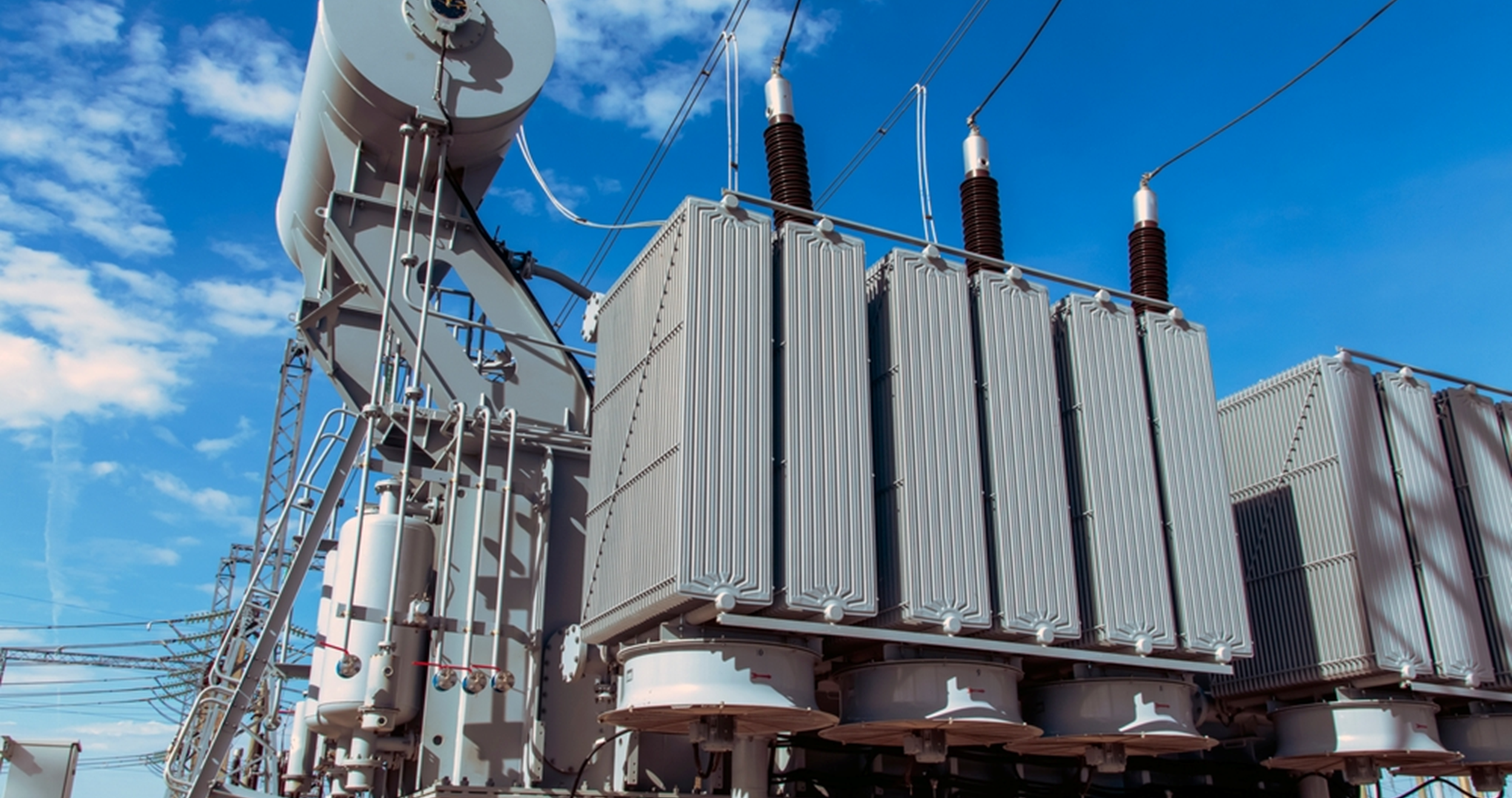Our recommendations
Last Update
20 September 2023
Why will global hydrogen trade be concentrated at regional levels?
Why hydrogen trade globally would be dominated by regional dynamics?
Globally hydrogen markets and hydrogen import/export opportunities have been discussed in recent years and for India the scenario is no different either. With the touted production of over 70% of the the country is expected to be routed to exports. But hydrogen is tricky to store, and therefore tricky for transport as well.
Role of retrofitted pipelines hold key
Its imperative to consume hydrogen close to production to secure cheapest hydrogen since transport cost could be significant. However, if the hydrogen needs to be sent elsewhere – over 3,000 km, say, the theoretical route from Morocco to Northwest Europe – repurposed pipelines are the lowest-cost transport option for connecting hydrogen supply with import demand. Over long distances, ultra- and high-voltage DC cables start becoming competitive with newly built pipelines. Nonetheless, the competitiveness of local production improves over time because 2050 grids will have far more curtailed, zero-cost electricity.
Mr. Ravi Shekhar, Director & Head, of Eninrac Consulting says “Producing renewable hydrogen requires substantial renewable electricity input. Due to 30 percent energy losses incurred during hydrogen production and other energy losses during use, hydrogen can be as much as 84 percent less efficient than heat pumps in delivering like-for-like energy than direct electrification in the residential sector, or as much as 60 percent less efficient than battery electric vehicles in the transport sector. This means that for the same final energy use as direct. electrification, renewable hydrogen requires 2-4 times as much renewable energy capacity and, by extension, a larger land/sea area devoted to renewables production.
This efficiency gap will vary across applications, and may be considerably lower in some cases. At any rate, it represents the opportunity cost of diverting renewable electrons towards producing renewable molecules. The opportunity cost – as well as other effects such as land use – must be weighed against the potential of hydrogen for its ease of storage relative to electricity. Specially for a country like India where incentives scale will perhaps never match the levels rendered to hydrogen developments in EU and the USA.”
Why shipping of hydrogen would be feasible only where pipelines aren’t feasible?
When the end-use molecule is hydrogen, shipping from faraway lands such as Chile or Australia works out to be more expensive than if the hydrogen was produced locally in Germany, even with average renewables. Shipping is also roughly twice as expensive as importing hydrogen by pipeline or importing electricity via cable from Morocco for electrolysis in Northwest Europe.
Ship-based trade lends itself better to hydrogen-based products or wherever pipelines are not feasible:
However, instead of cracking shipped ammonia backto hydrogen, using ammonia directly as a fuel could be cheaper than the local production of hydrogen, even in 2050. This would require a new set of power plants instead of just a retrofit of existing assets. Moreover, in places where salt strata are available for mass hydrogen storage such as Europe or the US, the case for ammonia in electricity generation would become much weaker, because salt caverns store hydrogen markedly cheaper than ammonia.
Why geological storage would evolve as cheapest large-scale hydrogen storage?
In practice, then, opportunities for ship-based hydrogen trade will be limited to instances where pipelines are not ready or unfeasible due to, say, public opposition or distance (as in Japan) or politics. Another opportunity for ship-based trade are markets where the final demand consists of energy intensive hydrogen-based products, such as ammonia, methanol, and other high-value chemicals. Geological storage is the cheapest form of large-scale hydrogen storage:
There are several options available for seasonal storage, but geological formations, particularly salt caverns, have the lowest costs. Another advantage of salt caverns is that they have a relatively high cycling rate compared with depleted fields or aquifers, meaning that they can add more system flexibility. In the future, rock caverns may become similarly cheap, but there’s still much uncertainty about this technology. Europe should pursue geological storage because it has expertise in developing storage facilities, plenty of existing storage sites that can be repurposed and the right geology to develop more sites, particularly in central Europe.
- Communications Team
Do you want to seek Eninrac assistance in helping you resolve some critical business issues? Engage with us and reach out to our experts by using the Request for Proposal (RFP) form.
BEST VISION IS INSIGHT
Combine market knowledge and your skill to contribute value for end consumers

Transformer Sales Surge: ₹75,000 Crore Opportunity Ahead

Solar Parks Development Status in India

EU Solar Market 2024: Utility- Scale Resilience Amidst A Slumping Rooftop
Get started with
EI Market personalised demo
Complete the form to get in touch with our sales team to see our Visionboard platform in action. We'll show you how you can use eninrac to build a culture of action of consistently hunting down and eliminating poor market research expriences across your companies line of business


